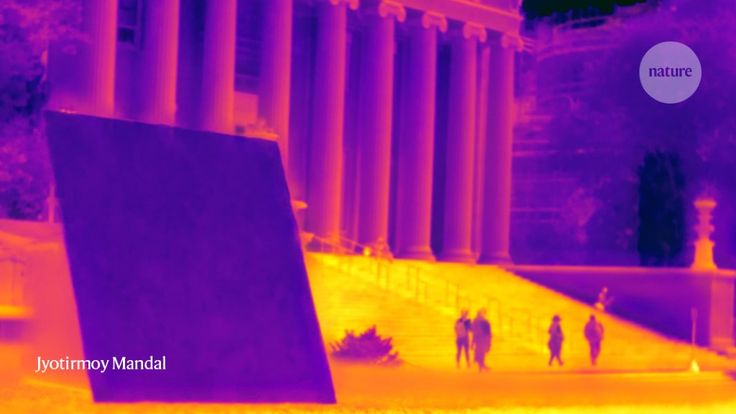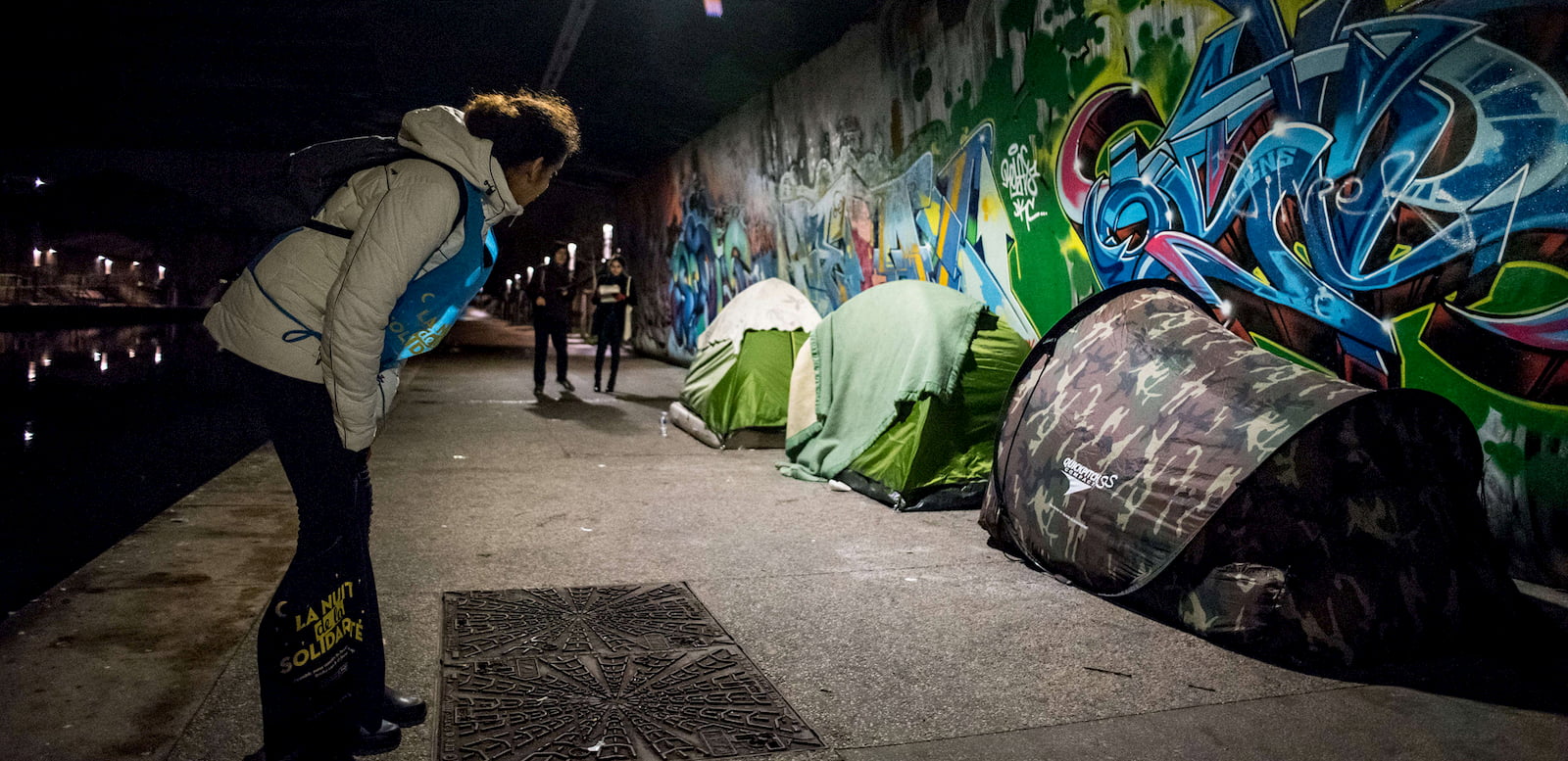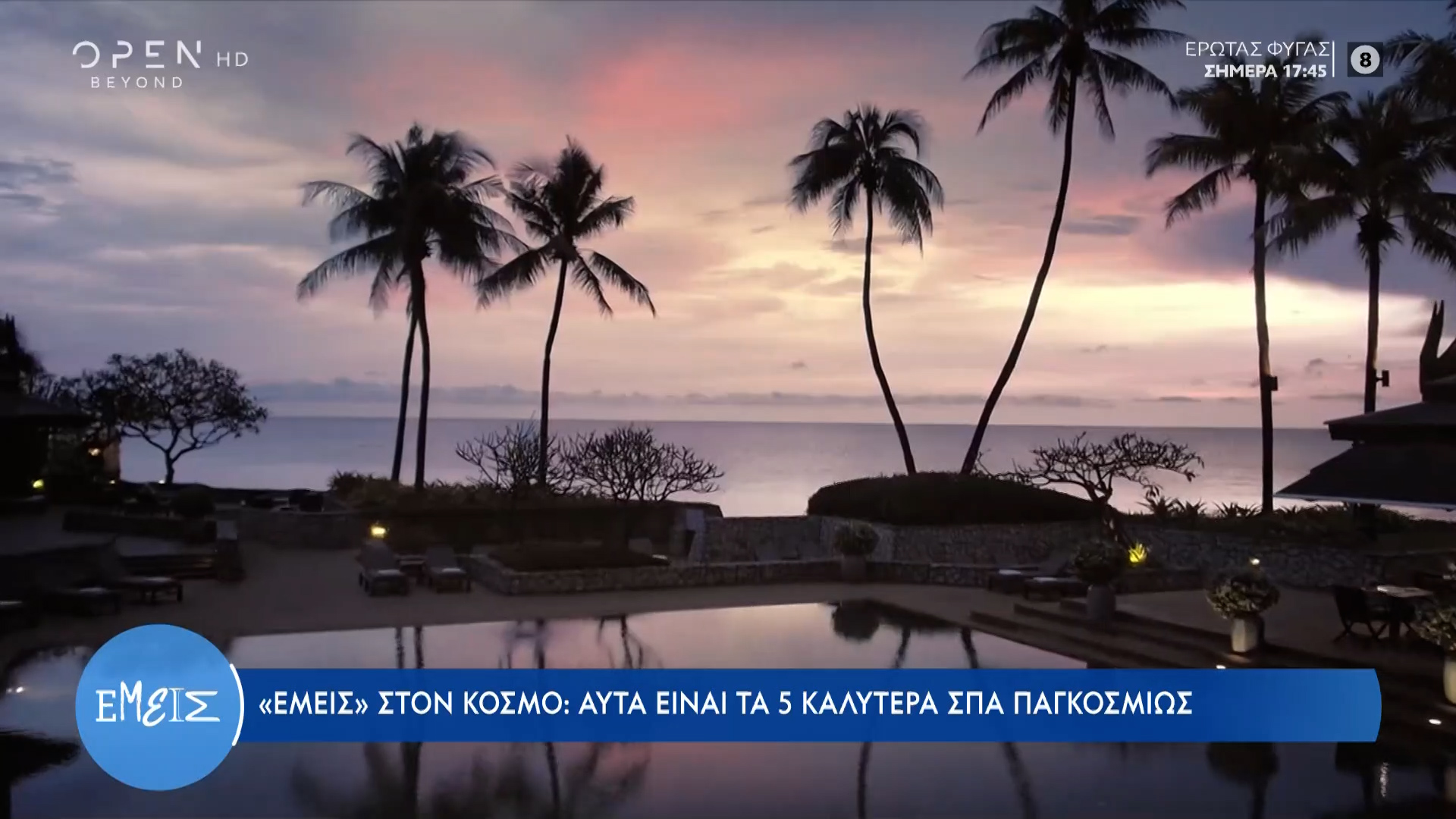Super Cool Materials: Adapting Indian Cities To Urban Heat

Table of Contents
Understanding the Urban Heat Island Effect in Indian Cities
The urban heat island (UHI) effect is a phenomenon where urban areas experience significantly higher temperatures than surrounding rural areas. This is due to factors like reduced vegetation, increased impervious surfaces (concrete and asphalt), and concentrated heat sources. In Indian cities, the UHI effect is amplified by factors such as high population density, rapid urbanization, and limited green spaces. The consequences are severe:
- Increased energy consumption for cooling: Higher temperatures lead to increased reliance on air conditioning, placing a strain on energy grids and contributing to greenhouse gas emissions.
- Higher rates of heat-related illnesses: Heat stroke, heat exhaustion, and other heat-related illnesses become more prevalent, particularly amongst vulnerable populations like the elderly and children.
- Reduced air quality: Increased temperatures exacerbate air pollution, further impacting public health.
- Negative impact on public health and productivity: Heat stress reduces worker productivity and overall quality of life.
- Examples of particularly affected Indian cities: Cities like Delhi, Mumbai, Chennai, and Kolkata regularly experience extreme heat waves, highlighting the urgency of implementing effective mitigation strategies.
Types of Super Cool Materials for Urban Applications
Several "super cool" materials offer effective solutions for reducing urban heat. These materials are designed to reflect sunlight and reduce heat absorption, leading to lower surface temperatures and improved thermal comfort.
Cool Roofs
Cool roofs utilize materials with high solar reflectance and thermal emittance. These include:
- Reflective paints: These paints have a high albedo (reflectivity), reducing the amount of solar radiation absorbed by the roof surface.
- Cool tiles: Specifically designed tiles with enhanced reflectivity and thermal properties offer long-term solutions for reducing roof temperatures.
- Green roofs: Living roofs covered with vegetation provide excellent insulation and significantly reduce surface temperatures through evapotranspiration.
Benefits of cool roofs: Reduced energy consumption for cooling, extended roof lifespan, improved indoor comfort, and reduced urban heat island effect. However, factors like cost-effectiveness, lifespan, maintenance requirements, and availability in India need careful consideration.
Cool Pavements
Replacing conventional pavements with cool pavement solutions can significantly reduce surface temperatures and improve urban microclimates. Options include:
- Permeable pavements: These allow rainwater to infiltrate the ground, reducing runoff and mitigating the urban heat island effect.
- Light-colored concrete: Lighter colors reflect more sunlight, reducing heat absorption.
- Porous asphalt: Similar to permeable pavements, porous asphalt allows water to drain, reducing surface temperature and improving drainage.
Benefits of cool pavements: Improved pedestrian comfort, reduced stormwater runoff, potential for improved air quality through reduced dust, and a positive impact on urban drainage systems. Lifecycle analysis comparing different cool pavement solutions is crucial for informed decision-making.
Building Envelope Materials
The building envelope plays a critical role in regulating indoor temperatures. Employing thermally efficient materials can significantly reduce heat transfer and improve indoor comfort. Examples include:
- Thermally efficient bricks: Bricks with improved insulation properties minimize heat transfer.
- Insulated walls: Adding insulation to walls significantly reduces heat gain during the day and heat loss during the night.
- High-performance windows: Energy-efficient windows with low-E coatings reduce solar heat gain.
Benefits of efficient building materials: Substantial energy savings, improved indoor temperature regulation, increased occupant comfort, and reduced reliance on air conditioning. Cost comparisons between traditional and high-performance materials are essential for effective implementation.
Implementation Challenges and Opportunities
Widespread implementation of super cool materials faces several challenges:
- Cost: The initial investment in super cool materials can be higher compared to traditional options.
- Awareness: Lack of awareness among stakeholders about the benefits of super cool materials hinders their adoption.
- Policy: Supportive policies and incentives are crucial to encourage the widespread use of these materials.
However, significant opportunities exist:
- Policy support and incentives: Government initiatives providing subsidies, tax breaks, and building codes mandating the use of super cool materials can significantly boost adoption.
- Public awareness campaigns: Educating the public about the benefits of super cool materials and their role in mitigating urban heat is crucial.
- Research and development of locally sourced materials: Developing locally sourced, cost-effective, and sustainable super cool materials is essential for widespread adoption.
- Collaboration between stakeholders: Collaboration between government agencies, researchers, industry, and communities is critical for successful implementation.
Case Studies of Successful Implementations in India (if any)
(This section would ideally include specific examples of successful implementations of super cool materials in Indian cities. Quantifiable data on temperature reduction, energy savings, and other benefits would strengthen this section.) For example, a case study could highlight a specific project in a city that used cool roofs and analyzed the resulting energy savings and temperature reduction.
Conclusion
Super cool materials present a crucial strategy for adapting Indian cities to the escalating challenges of urban heat. By implementing cool roofs, pavements, and building envelope technologies, we can significantly reduce surface temperatures, improve air quality, and enhance the livability of urban spaces. Overcoming the implementation challenges through collaborative efforts, policy support, and technological innovation will pave the way for a more sustainable and resilient future for Indian cities. Let's embrace the potential of super cool materials to create cooler, healthier, and more sustainable urban environments in India.

Featured Posts
-
 Current San Diego Rain Totals Cbs 8 Com Weather Report
May 30, 2025
Current San Diego Rain Totals Cbs 8 Com Weather Report
May 30, 2025 -
 Bts Reunion 7 Moment Trailer Hints At Mega Comeback
May 30, 2025
Bts Reunion 7 Moment Trailer Hints At Mega Comeback
May 30, 2025 -
 The Ongoing Battle Against Measles Addressing Persistence In Vulnerable Populations
May 30, 2025
The Ongoing Battle Against Measles Addressing Persistence In Vulnerable Populations
May 30, 2025 -
 Des Moines Car Crash Investigation Vehicle Rolled Over
May 30, 2025
Des Moines Car Crash Investigation Vehicle Rolled Over
May 30, 2025 -
 Ti Na Deite Stin Tileorasi To Savvato 5 Aprilioy
May 30, 2025
Ti Na Deite Stin Tileorasi To Savvato 5 Aprilioy
May 30, 2025
